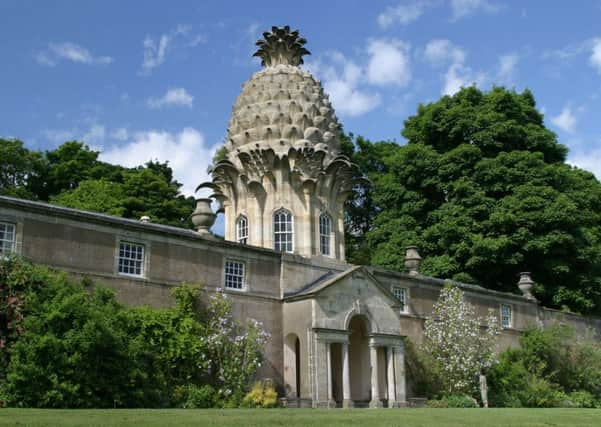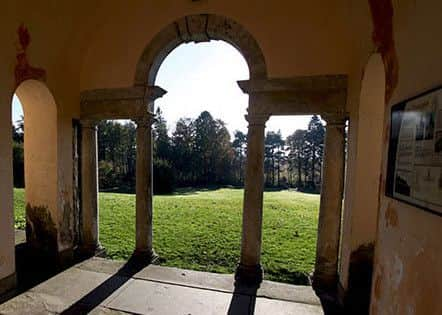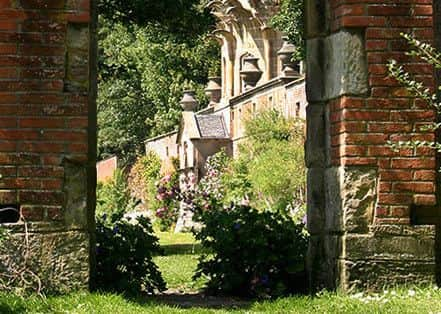Scotland’s hidden wonders: Dunmore Pineapple
This article contains affiliate links. We may earn a small commission on items purchased through this article, but that does not affect our editorial judgement.


WHAT IS IT?
The Dunmore Pineapple is a bizarre building that resembles the tropical fruit it shares its name with, and is part of Dunmore Park. Built for John Murray, the 4th Earl of Dunmore, the intricately-detailed masonry is part of a hothouse originally constructed to grow – you guessed it – pineapples, among other fruits and vegetables. Once considered a highly exotic fruit after its discovery in Guadeloupe, pineapples were famous for their connotations of wealth and power.
WHERE IS IT?


The unusual structure is planted within the 6.5-hectare Dunmore Park, which constitutes Dunmore House and two walled gardens to mark the ancestral seat of the Earls of the same name. It’s located near the town of Airth in Stirlingshire and can be accessed by car or bus from the B9124 road.
WHEN WAS IT BUILT?
Advertisement
Hide AdModifications were made to the furnace-fed, vented garden wall to accomodate the pineapple-shaped hothouse in 1761. The south-facing wall originally featured vast glass panes to allow sunlight to shine upon the fruit and vegetables growing there and is now covered in foliage. The north-facing entrance allows visitors to enter from ground level, while the south entrance sits much lower due to the slope that the building sits on.
WHO DESIGNED IT?


While no definitive evidence has yet been found to prove conclusively who the designer was, most people believe Sir William Chalmers, a founder member of the Royal Academy, was responsible for its creation. The 14 feet high cupola features Gothic sash windows with Ogee moulded arches on seven sides. Each pane of glass is curved to match the curves of the room, while the remarkably forward-thinking designer ensured that each pineapple leaf is separately drained so that no frost damage to the stonework can occur.
IS IT A TOURIST ATTRACTION?
Yes - now owned by the National Trust for Scotland after their acquisition of the Pineapple in 1974 from the Countess of Perth, the Pineapple can even be leased as a holiday home. For those who just wish to visit, however, the property with its woodland and pond is open year-round.